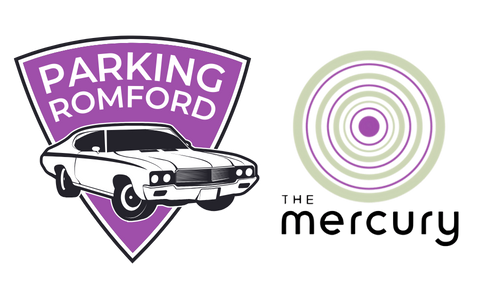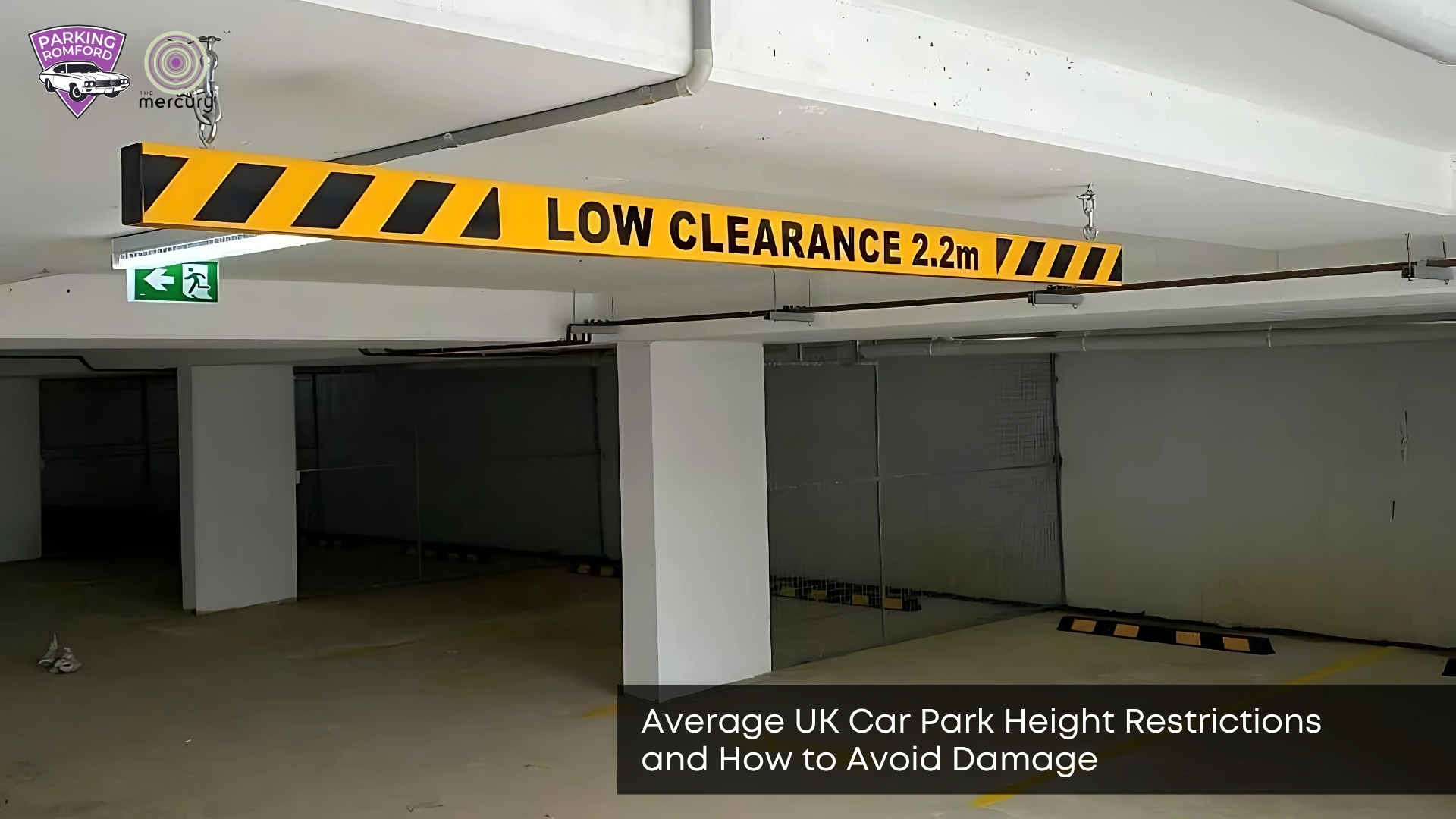Height restrictions in car parks in the UK can be a significant issue for drivers of taller vehicles. From vans to roof-box-equipped cars, a misjudged entry could lead to costly damage and major hassle. Knowing how height barriers work and where to find the right parking can save your vehicle and your wallet. This guide makes it easy to understand average UK car park height limits and helps you avoid unwanted surprises. Let’s take a closer look at the numbers and risks before heading into your next car park.
What Are the Typical UK Car Park Height Restrictions?
The average height restriction in most UK car parks is between 1.9 and 2.1 metres. These limits are typically found in multi-storey or underground car parks, where ceilings are lower due to the building’s structure. Public surface car parks, on the other hand, often have no height barrier. Drivers of SUVs, vans, or cars with roof boxes must always check for signage before entry. And while these signs may seem like a minor detail, overlooking them can have significant consequences. Since the risks can vary by vehicle type, it’s helpful to explore which vehicles are most affected next.
Which Types of Vehicles Are at Risk of Height Issues?
Tall vehicles, such as campervans, minibuses, commercial vans, and 4x4s with roof racks, are most likely to encounter a height barrier. Even everyday estate cars with roof storage or bike carriers can become too tall for standard entry points. Some electric vans and newer SUVs are also bulkier than they appear. Misjudging clearance often leads to broken racks, smashed roofs, or damage to the height barrier itself. Understanding the type of vehicle you drive is crucial for making informed parking choices. But even the right vehicle can end up in the wrong place without proper signs.
How Are Car Park Height Restrictions Marked?
Car park height limits are typically displayed on large, yellow-and-black signs near the entrance. These signs display the exact clearance in metres. They may be accompanied by hanging chains or swinging bars to signal a barrier ahead. Some advanced car parks also use electronic height sensors that trigger warnings. However, signage can sometimes be blocked, weathered, or overlooked during busy periods. It’s always best to slow down and double-check before pulling in. Once you know what to look for, the next step is learning how to plan around those limits.
How Can You Plan to Avoid Problems?
Planning helps avoid the stress of finding out your vehicle is too tall when it’s too late. Use car park apps or websites to check for height restrictions before you travel. Many airports and shopping centre car parks now list vehicle clearance on their site or booking pages. When in doubt, consider ringing ahead or using surface-level parking instead. A quick check in advance can prevent damage and save time on your journey.
What Should You Do If You’re Unsure About Clearance?
If you’re unsure whether your car will fit, stop before the barrier and measure the space visually, or ask a staff member for assistance. Don’t rely on guesswork or try to squeeze through. In some cases, staff can direct you to an alternative entrance with more clearance. If no help is available, it’s safer to leave and find a more suitable car park. Being cautious at the entrance is far better than dealing with repairs afterwards. Avoiding damage starts with the right habits, which leads us to some practical tips.
What Are Some Tips to Prevent Height-Related Damage?
- Know your vehicle’s exact height, including any extras such as roof boxes or aerials.
- Look for visible signs and barrier poles before committing to a car park.
- Avoid underground or multi-storey car parks unless the height is marked and suitable for your vehicle.
- Consider off-street or surface car parks when driving taller vehicles.
- Use parking apps that filter by height limits to plan and avoid any issues.
These actions can save your car from costly scrapes and make your journey smoother. All these points demonstrate that being aware is the first step, but where can drivers find additional help?
Are There Tools That Help Identify Suitable Car Parks?
Yes, several apps and online tools help drivers find car parks with the right clearance. Platforms like Parkopedia, JustPark, and NCP provide detailed car park info, including height limits. Some allow filtering by vehicle type, which is especially helpful for commercial or leisure vehicles. Google Maps sometimes lists restrictions, although it’s best used in conjunction with dedicated parking apps. These tools help ensure you pick the right spot before even leaving home or check local Romford car park details for location-specific advice.
What Habits Should Drivers Develop to Stay Safe?
Drivers should always stay alert to entry signs and approach height barriers slowly. Make it a routine to check for height restrictions when using a new car park, the Romford holiday parking guide can help with seasonal planning. If you often carry roof boxes or bikes, consider placing a height reminder inside your car. Teaching family or colleagues who share the vehicle is also helpful. Safe habits become second nature and prevent mistakes over time. Now that everything’s been covered, here’s how to put it all together.
How to Make Smarter Choices About Car Park Height Limits
Understanding UK car park height restrictions helps avoid stress, damage, and costly mistakes. Know your vehicle’s height, check signs, plan, and use the right tools to choose safer car parks or explore smart parking ideas for home for extra flexibility. These small steps make a big difference in keeping your journey smooth. Next time you park, height won’t be something you’ll need to worry about.


Leave a Reply